American Holly (Ilex Opaca)
treebird101
9 years ago
Featured Answer
Sort by:Oldest
Comments (111)
treebird101
8 years agolast modified: 8 years agodavidrt28 (zone 7)
8 years agolast modified: 8 years agoRelated Professionals
Beachwood Landscape Architects & Landscape Designers · Forest Park Landscape Architects & Landscape Designers · Montgomeryville Landscape Architects & Landscape Designers · Waterbury Landscape Contractors · Fort Hunt Landscape Contractors · Goodlettsville Landscape Contractors · North Lauderdale Landscape Contractors · Woodburn Landscape Contractors · Framingham Siding & Exteriors · Lebanon Siding & Exteriors · Orange County Siding & Exteriors · Hampton Bays Decks, Patios & Outdoor Enclosures · Orland Park Decks, Patios & Outdoor Enclosures · Randallstown Decks, Patios & Outdoor Enclosures · Salt Lake City Decks, Patios & Outdoor Enclosuressam_md
8 years agotreebird101
8 years agoDave in NoVA • N. Virginia • zone 7A
8 years agolast modified: 8 years agoDave in NoVA • N. Virginia • zone 7A
8 years agodavidrt28 (zone 7)
8 years agolast modified: 8 years agoalexavd
7 years agodavidrt28 (zone 7)
7 years agolast modified: 7 years agoalexavd
7 years agoLogan L Johnson
7 years agoalexavd
7 years agoalexavd
7 years agoLogan L Johnson
7 years agotreeguy_ny USDA z6a WNY
7 years agodavidrt28 (zone 7)
7 years agolast modified: 7 years agotreeguy_ny USDA z6a WNY
7 years agoDave in NoVA • N. Virginia • zone 7A
5 years agolast modified: 5 years agoalexavd
5 years agoDave in NoVA • N. Virginia • zone 7A
5 years agoalexavd
5 years agoSkip1909
5 years agoDave in NoVA • N. Virginia • zone 7A
5 years agolast modified: 5 years agobengz6westmd
5 years agolast modified: 5 years agomaackia
5 years agoC Hub
5 years agopoaky1
5 years agoSkip1909
5 years agodbarron
5 years agolast modified: 5 years agopoaky1
5 years agobengz6westmd
5 years agopoaky1
5 years agobengz6westmd
5 years agodavidrt28 (zone 7)
5 years agolast modified: 5 years agopoaky1
5 years agoSkip1909
5 years agolast modified: 5 years agobengz6westmd
5 years agolast modified: 5 years agopoaky1
5 years agopoaky1
5 years agopoaky1
5 years agoDave in NoVA • N. Virginia • zone 7A
4 years agolast modified: 4 years agoalexavd
4 years agoDave in NoVA • N. Virginia • zone 7A
4 years agolast modified: 4 years agoalexavd
4 years agoDave in NoVA • N. Virginia • zone 7A
4 years agoalexavd
4 years agoDave in NoVA • N. Virginia • zone 7A
4 years agolast modified: 4 years agofour (9B near 9A)
4 years agoalexavd
4 years agoDave in NoVA • N. Virginia • zone 7A
4 years ago
Related Stories
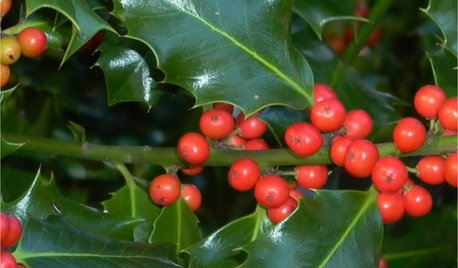
GARDENING GUIDES9 Holly and Ivy Plants for Good Tidings in the Garden
Spread Christmas joy all year round with the gorgeous foliage and bright berries of these evergreen plants
Full Story
GARDENING GUIDESGreat Design Plant: Sambucus Nigra
Common elderberry is a highly adaptable shrub from the eastern U.S., with berries galore for wildlife and humans alike
Full Story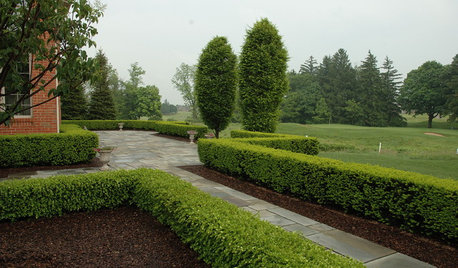
GARDENING GUIDESGreat Design Plant: Boxwood
This elegant evergreen can shape shift into forms limited only by a gardener's imagination and a clipper's reach
Full Story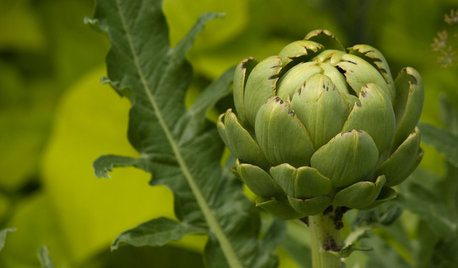
GARDENING GUIDESYour Garden Is Stirring — Here’s What to Do in February
February is a good time to start seeds, shape up shrubs and watch for the earliest blooms. Here’s what to do in your part of the U.S. now
Full Story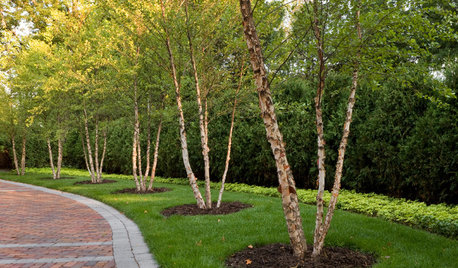
LANDSCAPE DESIGNGreat Design Plant: River Birch
Pick this rugged native tree for its intriguing peeling bark, soil adaptability or leaves that bring dappled shade to a garden
Full Story
GARDENING GUIDES8 Deer-Resistant Elegant Evergreen Shrubs to Plant This Fall
Who knew that such beautiful shrubs could be deer-resistant?
Full Story
LANDSCAPE DESIGNFlood-Tolerant Native Trees for Soggy Soil
Swampy sites, floodplains, even standing water ... if you've got a soggy landscape, these trees are for you
Full Story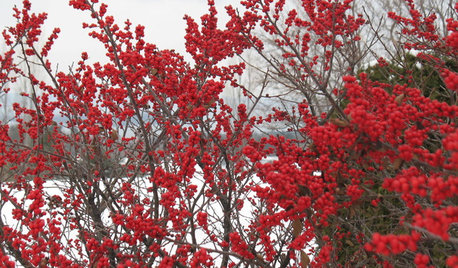
GARDENING GUIDES6 Rockin’ Red Plants for Winter Gardens
Use the bright berries or branches of these cold-climate favorites for outdoor garden interest or container arrangements anywhere
Full Story
LANDSCAPE DESIGNThe 7 Best Plant Types for Creating Privacy and How to Use Them
Follow these tips for using different kinds of plants as living privacy screens
Full Story
GARDENING FOR BIRDSFeed the Birds: 6 Plants for Abundant Winter Berries
Be kind to your fair feathered friends during lean food times by planting a shrub or tree loaded with nutritious snacks
Full StorySponsored
Columbus Area's Luxury Design Build Firm | 17x Best of Houzz Winner!
More Discussions






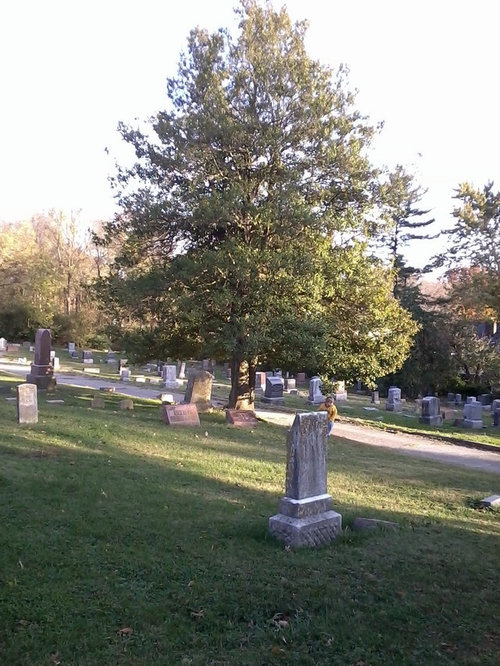
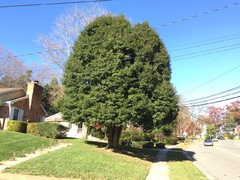
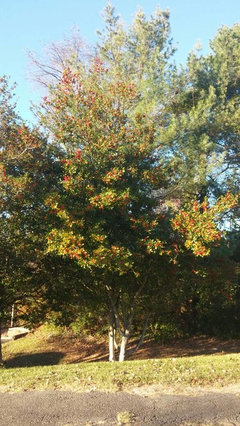
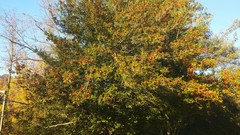
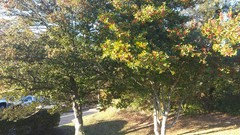
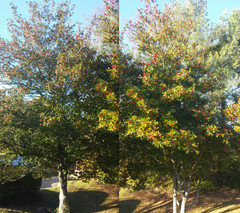

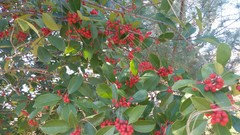

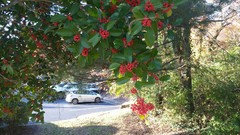
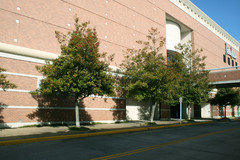
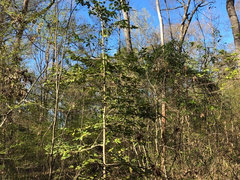
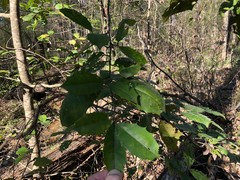
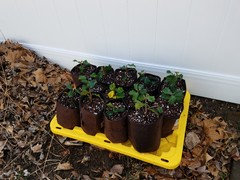
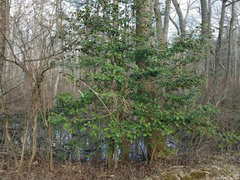
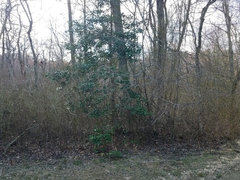
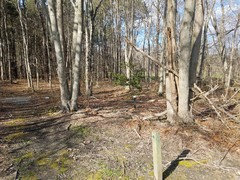
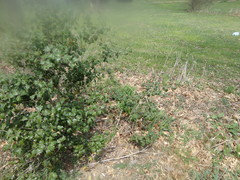
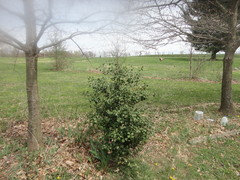
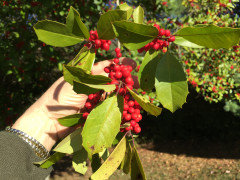
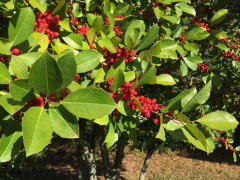
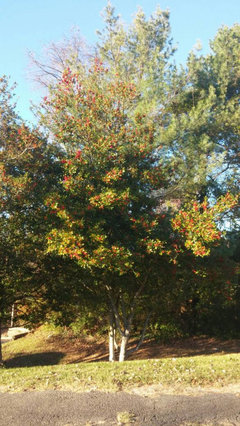
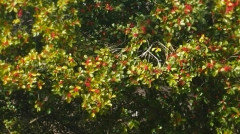
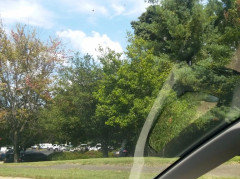
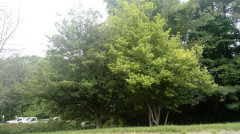



sam_md